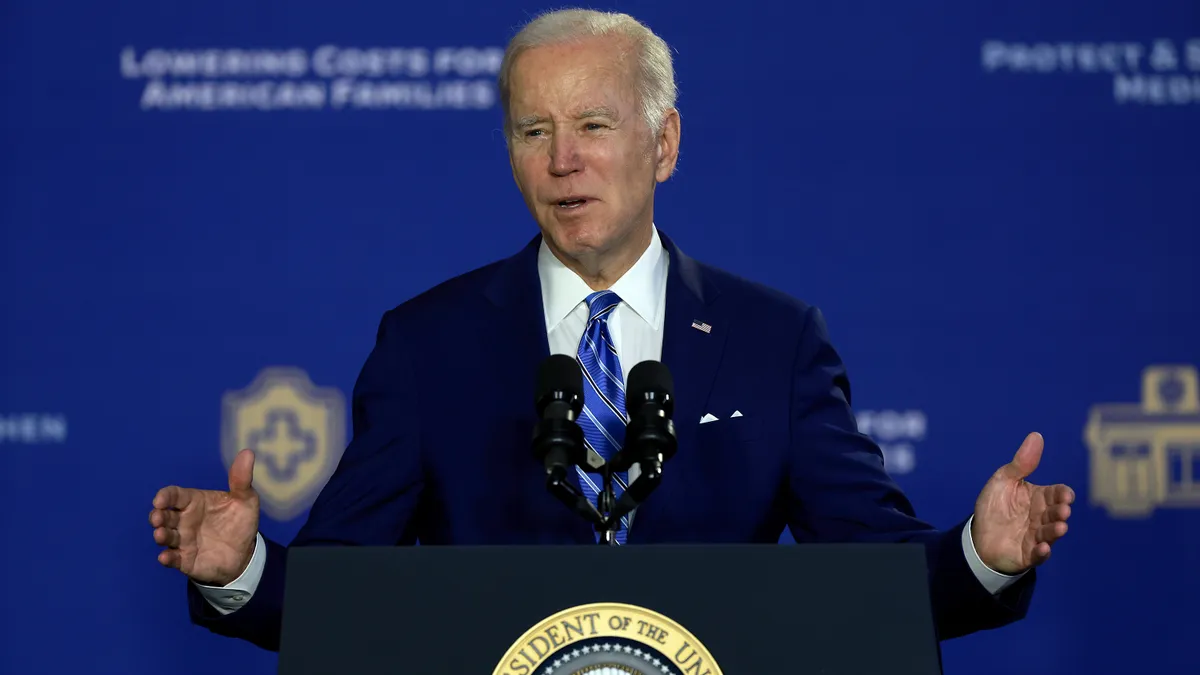The U.S. Department of Education unveiled a regulatory plan Monday that would wipe away student loans for specific borrowers, like those who have been paying off their debts for 25 or more years.
This is the Biden administration’s second attempt at mass loan forgiveness, after the U.S. Supreme Court shot down its initial program in June that would have discharged up to $20,000 for borrowers earning less than $125,000 a year.
Now, the Education Department is taking a narrower approach, seeking to cancel some or all student loans of certain groups of borrowers. The department has not said precisely how many borrowers would benefit, but they represent a large swath of debt holders, agency officials said Monday. These borrowers include:
- Those who have outstanding federal student loans exceeding what they originally borrowed.
- Those who first entered repayment 25 or more years ago.
- Those who attended career-training programs that led to “unreasonable debt loads,” as well as borrowers who attended institutions with “unacceptably high” student loan default rates.
- Those who are eligible but have not applied for existing loan forgiveness programs like Public Service Loan Forgiveness, which cancels debts of workers in nonprofit or government jobs after a decade of qualifying payments.
The Education Department will also consider loan forgiveness for a fifth bucket of borrowers: “those who are experiencing financial hardship that the current student loan system does not currently adequately address.”
“President Biden and I are committed to helping borrowers who’ve been failed by our country’s broken and unaffordable student loan system,” U.S. Education Secretary Miguel Cardona said in a statement Monday.
Under the proposal, borrowers who have seen their loans snowball because of interest could have them reset to their original balance. However, the Education Department may decide to waive only a portion of the interest.
Borrowers who entered repayment 25 or more years ago, attended a low-performing college, or did not apply to existing loan forgiveness programs could see their entire balances waived.
The Education Department will sort out the details of the plan through a protracted regulatory route known as negotiated rulemaking, which began this month.
This process brings together individuals from across the sector who represent those who would be affected by a rule change. They attempt to find common policy ground, and the Education Department must follow their recommendations for regulations if they reach consensus.
Otherwise, the Education Department can write its own regulatory proposal.
The negotiated rulemaking committee will debate the newly unveiled proposals when it meets next week on Nov. 6 and 7. It will convene for a final third time in December.
The public will have the opportunity to comment on the regulatory plans once negotiating rulemaking concludes.














